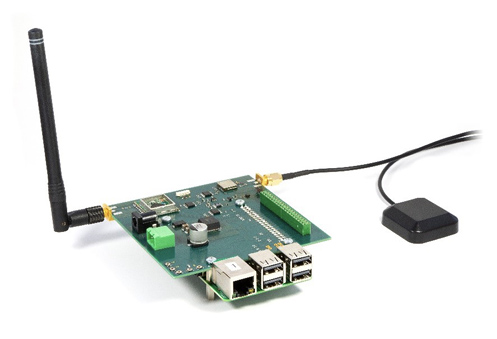Massive connectivity of IoT transmitters via satellite is no problem with mioty®

mioty® communication technology enables the simultaneous transmission of data packets from a large number of sensor nodes. This can be done over long distances and is particularly energy efficient. For the Internet of Things (IoT) in a terrestrial network, this has meant a range of up to 15 kilometers before now.
In transmission tests carried out in 2021, we showed that data transmission with mioty® also works via satellite without adapting the wireless protocol. This paves the way for an entirely new class of applications in which sensors can transmit data from the ground directly to a satellite. Some sectors in particular – logistics, transportation, mobility, shipping and agriculture – will benefit greatly from direct IoT solutions via satellite, which can provide connectivity even in the most remote corners of the world.
In the test setup, the transmitters with integrated mioty® sensor nodes sent data packets directly to the EchoStar XXI communications satellite. The transmitters used the mioty®-specific Telegram Splitting Ultra Narrow Band (TS-UNB) wireless protocol without any special adaptations for satellite communication. With this mioty®-specific transmission method, data packets – so-called “telegrams” – are split into smaller subpackets and sent at different times and frequencies. The method is particularly robust against interference and allows a huge number of sensor nodes to be served.
To fully test the total capacity of the transmission system, the number of data packets sent was virtually increased by a massive amount during the test. Overall, the tests showed that in an IoT system with mioty® and an occupied bandwidth of just 200 kilohertz, up to 3.5 million telegrams per day can be successfully transmitted via satellite. In practical terms, this is the equivalent, for example, of a fleet of almost 25,000 vehicles with each one transmitting its positioning data every 10 minutes.
Despite the enormous distance to the satellite of about 38,000 kilometers, the user terminals could be operated at transmission power similar to that of terrestrial networks. This allows individual satellite IoT transmitters to be energy efficient in practice and to transmit data autonomously for years.